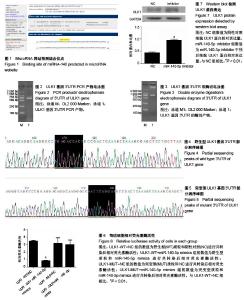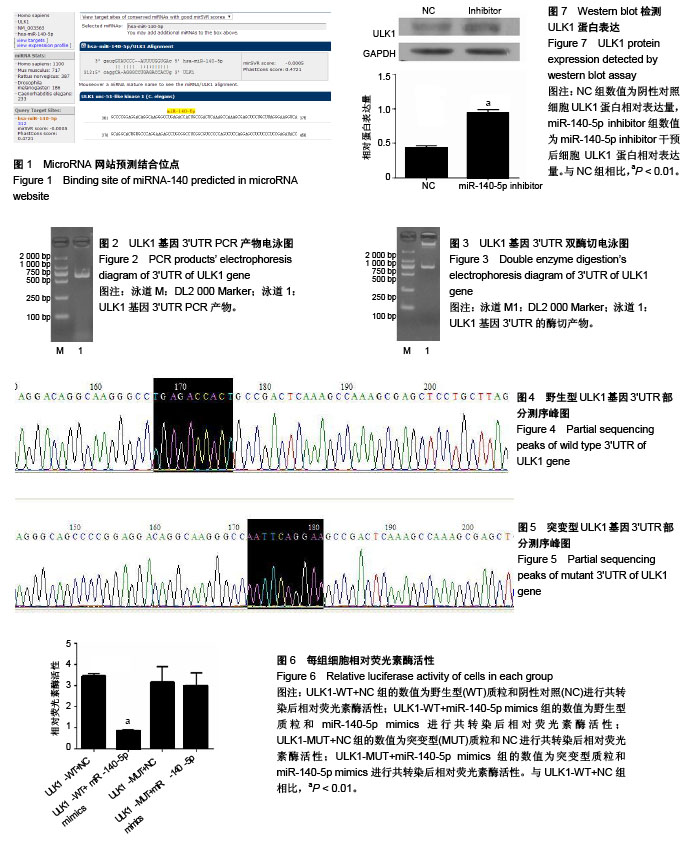| [1] |
Zhang Tongtong, Wang Zhonghua, Wen Jie, Song Yuxin, Liu Lin.
Application of three-dimensional printing model in surgical resection and reconstruction of cervical tumor
[J]. Chinese Journal of Tissue Engineering Research, 2021, 25(9): 1335-1339.
|
| [2] |
Peng Zhihao, Feng Zongquan, Zou Yonggen, Niu Guoqing, Wu Feng.
Relationship of lower limb force line and the progression of lateral compartment arthritis after unicompartmental knee arthroplasty with mobile bearing
[J]. Chinese Journal of Tissue Engineering Research, 2021, 25(9): 1368-1374.
|
| [3] |
Huang Dengcheng, Wang Zhike, Cao Xuewei.
Comparison of the short-term efficacy of extracorporeal shock wave therapy for middle-aged and elderly knee osteoarthritis: a meta-analysis
[J]. Chinese Journal of Tissue Engineering Research, 2021, 25(9): 1471-1476.
|
| [4] |
Geng Qiudong, Ge Haiya, Wang Heming, Li Nan.
Role and mechanism of Guilu Erxianjiao in treatment of osteoarthritis based on network pharmacology
[J]. Chinese Journal of Tissue Engineering Research, 2021, 25(8): 1229-1236.
|
| [5] |
Liu Xiangxiang, Huang Yunmei, Chen Wenlie, Lin Ruhui, Lu Xiaodong, Li Zuanfang, Xu Yaye, Huang Meiya, Li Xihai.
Ultrastructural changes of the white zone cells of the meniscus in a rat model of early osteoarthritis
[J]. Chinese Journal of Tissue Engineering Research, 2021, 25(8): 1237-1242.
|
| [6] |
Pei Lili, Sun Guicai, Wang Di.
Salvianolic acid B inhibits oxidative damage of bone marrow mesenchymal stem cells and promotes differentiation into cardiomyocytes
[J]. Chinese Journal of Tissue Engineering Research, 2021, 25(7): 1032-1036.
|
| [7] |
Zeng Yanhua, Hao Yanlei.
In vitro culture and purification of Schwann cells: a systematic review
[J]. Chinese Journal of Tissue Engineering Research, 2021, 25(7): 1135-1141.
|
| [8] |
Li Shibin, Lai Yu, Zhou Yi, Liao Jianzhao, Zhang Xiaoyun, Zhang Xuan.
Pathogenesis of hormonal osteonecrosis of the femoral head and the target effect of related signaling pathways
[J]. Chinese Journal of Tissue Engineering Research, 2021, 25(6): 935-941.
|
| [9] |
Liu Xin, Yan Feihua, Hong Kunhao.
Delaying cartilage degeneration by regulating the expression of aquaporins in rats with knee osteoarthritis
[J]. Chinese Journal of Tissue Engineering Research, 2021, 25(5): 668-673.
|
| [10] |
Ma Zetao, Zeng Hui, Wang Deli, Weng Jian, Feng Song.
MicroRNA-138-5p regulates chondrocyte proliferation and autophagy
[J]. Chinese Journal of Tissue Engineering Research, 2021, 25(5): 674-678.
|
| [11] |
Xu Yinqin, Shi Hongmei, Wang Guangyi.
Effects of Tongbi prescription hot compress combined with acupuncture on mRNA expressions of apoptosis-related genes,Caspase-3 and Bcl-2, in degenerative intervertebral discs
[J]. Chinese Journal of Tissue Engineering Research, 2021, 25(5): 713-718.
|
| [12] |
Zhang Wenwen, Jin Songfeng, Zhao Guoliang, Gong Lihong.
Mechanism by which Wenban Decoction reduces homocysteine-induced apoptosis of myocardial microvascular endothelial cells in rats
[J]. Chinese Journal of Tissue Engineering Research, 2021, 25(5): 723-728.
|
| [13] |
Liu Qing, Wan Bijiang.
Effect of acupotomy therapy on the expression of Bcl-2/Bax in synovial tissue of collagen-induced arthritis rats
[J]. Chinese Journal of Tissue Engineering Research, 2021, 25(5): 729-734.
|
| [14] |
Xie Chongxin, Zhang Lei.
Comparison of knee degeneration after anterior cruciate ligament reconstruction with or without remnant preservation
[J]. Chinese Journal of Tissue Engineering Research, 2021, 25(5): 735-740.
|
| [15] |
Cao Xuhan, Bai Zixing, Sun Chengyi, Yang Yanjun, Sun Weidong.
Mechanism of “Ruxiang-Moyao” herbal pair in the treatment of knee osteoarthritis based on network pharmacology
[J]. Chinese Journal of Tissue Engineering Research, 2021, 25(5): 746-753.
|

